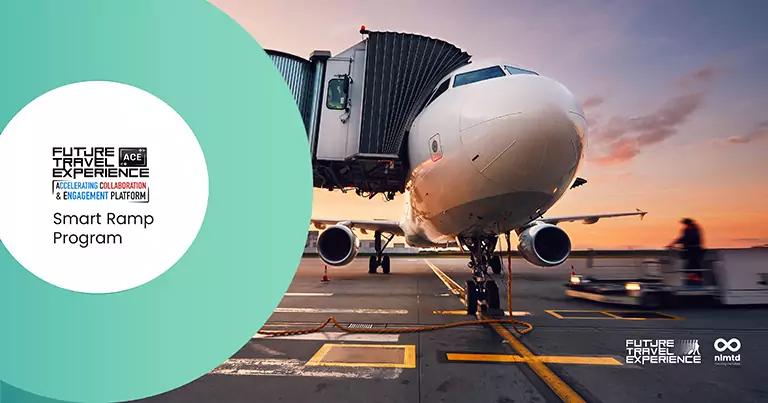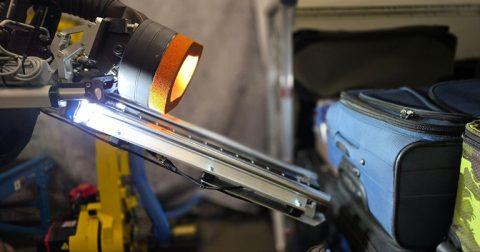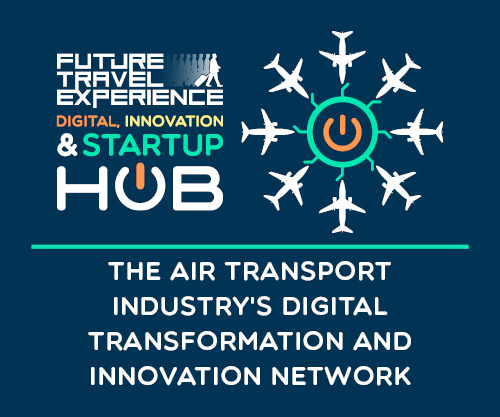All Nippon Airways (ANA) is on an innovation journey to transform ramp operations through technical advancements and human collaboration. Central to this is the airline’s participation in the pioneering FTE Smart Ramp initiative, which has the ultimate goal that aircraft turnaround can be achieved autonomously and more efficiently. In this interview, ahead of his participation at APEX FTE Asia Expo, taking place in Singapore on 11-12 November 2025, Tom Kikuchi, Head of Innovation, shares ANA’s vision for autonomous vehicles connected harmoniously with people, details of its FTE Smart Ramp Proof of Concept, and much more.
See our 12 reasons to attend APEX FTE Asia Expo 2025 >> Register for APEX FTE Asia Expo 2025 – free to attend >>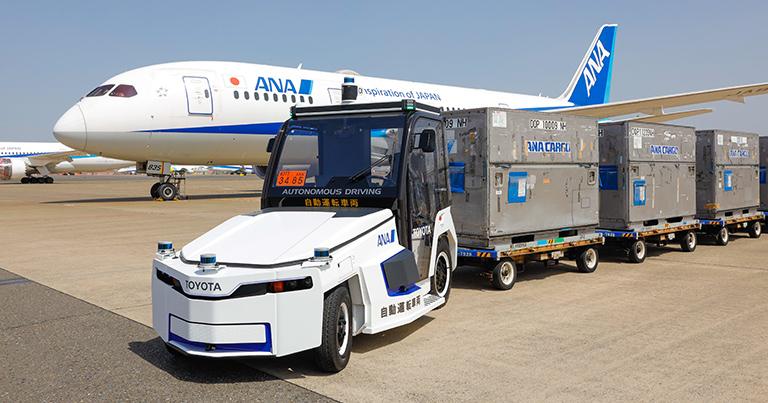
Kikuchi is participating in the Premium Conference at APEX FTE Asia Expo in a session focused on ‘Making autonomous airport operations a reality – inspiration from the first movers’. He will deliver a presentation focused on ‘Smart Ramp for the future model of the turnaround operation with autonomous driving vehicles connecting harmoniously with people’.
“The innovation in ground handling presents a significant challenge, given the diverse range of Ground Support Equipment (GSEs) and the substantial workload on the ramp,” Kikuchi explains. “A comprehensive integration of new technologies necessitates a thorough understanding of the inherent value of current ramp operations, coupled with the courage to drive industry-wide changes. ANA will present its journey – including failures – and approach to fostering innovation, demonstrating how it effectively integrates technological advancements with human collaboration on the ramp.”
FTE Smart Ramp program: a catalyst for industry-wide progress
Building on this collaborative foundation, Kikuchi emphasises the importance of the FTE Smart Ramp initiative as a catalyst for industry-wide progress. “In the Smart Ramp Program, we collaborate to address challenges in ramp turnaround operations, acknowledging that optimal solutions are not universally known,” he says. “Collaboration is the key.”
For ANA, this partnership-driven approach helps identify scalable, cost-effective models for future turnaround operations – particularly vital in an era of tightening investment budgets and heightened operational expectations.
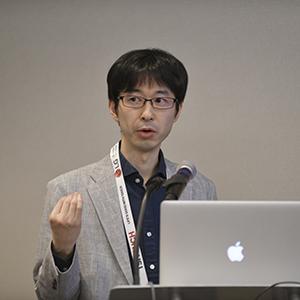
One of the airline’s headline contributions to the initiative is the development of an autonomous towing tractor for cargo transportation, slated to begin operation in December 2025. The Proof of Concept (PoC) for this project has been a valuable learning process for ANA, combining rigorous testing with open dialogue among industry partners. “The most compelling aspect of this initiative is the successful integration of human and robotic collaboration within this new autonomous vehicle model, fostering a harmonious operational environment,” Kikuchi shares.
That harmony between humans and machines lies at the heart of ANA’s innovation philosophy. While automation and robotics offer immense potential for improving safety, productivity, and sustainability, Kikuchi is clear that technology alone cannot achieve this transformation. “Ensuring the autonomous driving technology meets the necessary quality for operational regulation is a complex undertaking,” he explains. Through close collaboration with the Japan Civil Aviation Bureau (JCAB), ANA has played a key role in developing new guidance for autonomous vehicles and creating common infrastructure that enables safe operation in complex, congested ramp environments. “Settling the environment is always important for a sustainable operation,” Kikuchi adds.
Still, Kikuchi acknowledges that the biggest challenge may not be technical at all, but cultural. “The primary challenge lies in transforming the current organisational culture,” he says. “We are fostering collaboration with ramp personnel to ensure they understand these technologies are designed to support future operations, not replace their roles.” ANA’s approach focuses on co-creation – developing new operational models hand-in-hand with the people who know the ramp best.
This mindset aligns with ANA’s broader innovation strategy, which envisions a future of airside operations defined by human-robot collaboration. “When turnaround operations evolve into a model of harmonious human-robot collaboration, it will attract great interest not only from employees but also passengers who see this from the window of an aircraft,” Kikuchi shares. “We hope to offer a broader vision for other industries to adopt and disseminate this innovative approach.”
“Collaborating with innovators globally, you will experience the power of collective strength”
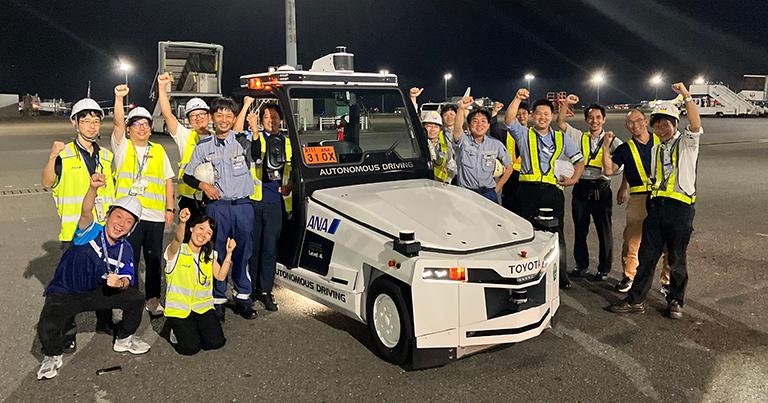
Looking ahead, ANA anticipates that as automation becomes more integrated, the role of human workers will evolve rather than diminish. “Human workers will assume a more comprehensive and in-depth role in service delivery, which is expected to enhance employee satisfaction and positively influence customer experiences,” Kikuchi explains.
While predicting the long-term trajectory of automation is difficult, ANA sees the Smart Ramp program as a milestone toward a redefined operational model by 2030. “We expect to establish a new operational model that will represent a significant transformation from our current practices,” Kikuchi says, projecting that implementation will continue to expand over the following five years.
For other aviation leaders embarking on similar innovation journeys, Kikuchi offers grounded yet inspiring advice: “Hold firm to your vision and continuously encourage both your team and yourself. Challenges are inherent to any path you choose. But look up and find friends around the world. Collaborating with innovators globally, you will experience the power of collective strength.”
APEX FTE Asia Expo: “Invaluable for fostering innovation”
As he prepares to speak at the 15th anniversary APEX FTE Asia Expo in Singapore (11-12 November 2025), Kikuchi is looking forward to continuing that global exchange of ideas. “I am excited to connect with new friends who share a passion for advancing this industry. At the same time, reconnecting with old friends and exchanging insights on recent challenges, difficulties, and novel concepts consistently proves invaluable for fostering innovation.”
See our 12 reasons to attend APEX FTE Asia Expo 2025 >> Register for APEX FTE Asia Expo 2025 – free to attend >>Groundbreaking FTE Smart Ramp program, accelerating automation and collaborative innovation
Smart Ramp is the latest initiative as part of the groundbreaking FTE Accelerating Collaboration & Engagement (ACE) platform launched in partnership with innovation consultancy nlmtd. ACE is dedicated to driving real collaborative action among stakeholders, facilitating fast progress and dynamic change in key areas of the aviation industry which are ripe for transformation. International Airlines Group, Miami International Airport, All Nippon Airways, Royal Schiphol Group, KLM Royal Dutch Airlines, and Metropolitan Washington Airports Authority are all members of what is a truly global collaborative innovation initiative.
The focus on Smart Ramp operations has the ultimate goal that aircraft turnaround can be achieved autonomously and more efficiently. A phased approach will assess which solutions truly work by each member testing new technologies, while incorporating requirements from the other participants. The program will support startups and introduce new suppliers not yet active in aviation, forging paths together on how to overcome hurdles while also exploring the potential for shared investments in the future. Results of the innovations will be shared with respective experts, industry bodies and regulators, meaning the outcomes can be used to create recommended practices and standards in the industry.
Rapid progress has been made since the launch of Smart Ramp and the innovation challenges already planned by members include some 20 projects across eight airports in 2025. These include All Nippon Airways implementing autonomous towing tractors for cargo transportation to efficiently move cargo from the warehouse to the apron, reducing the need for manual labour in operations.
Learn more about Smart Ramp and the FTE Accelerating Collaboration & Engagement (ACE) platform and how to participate >>